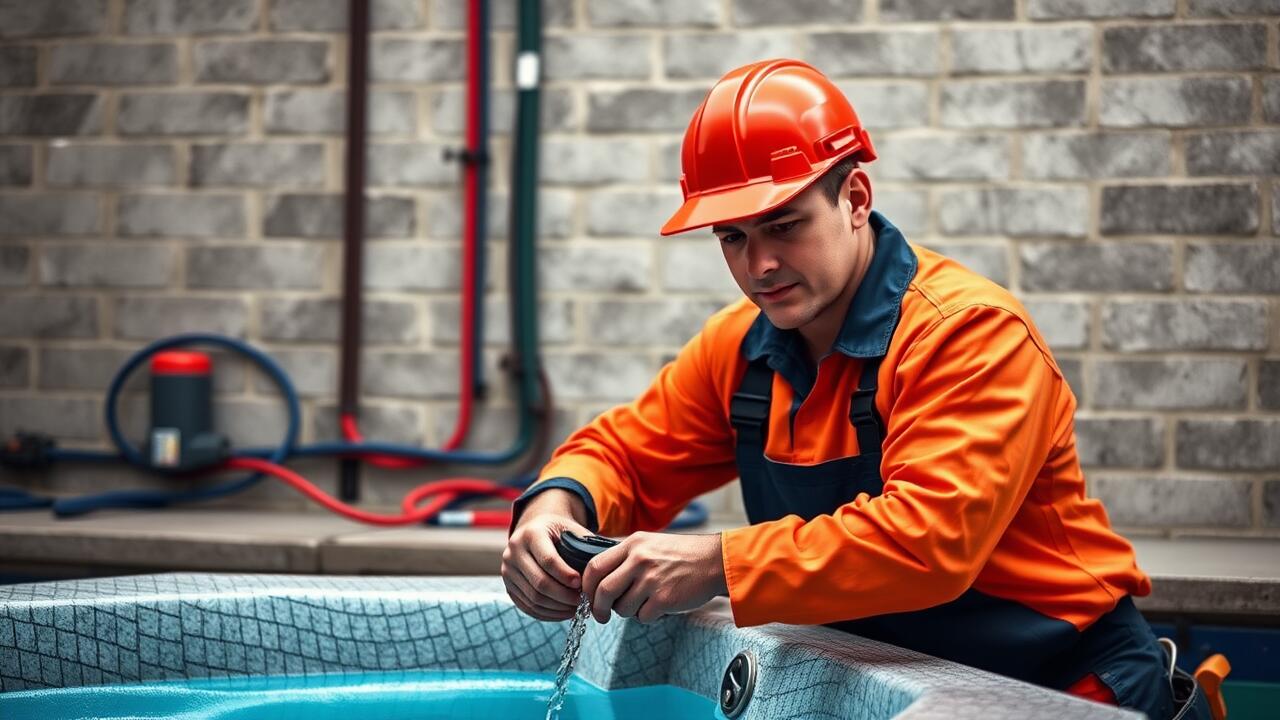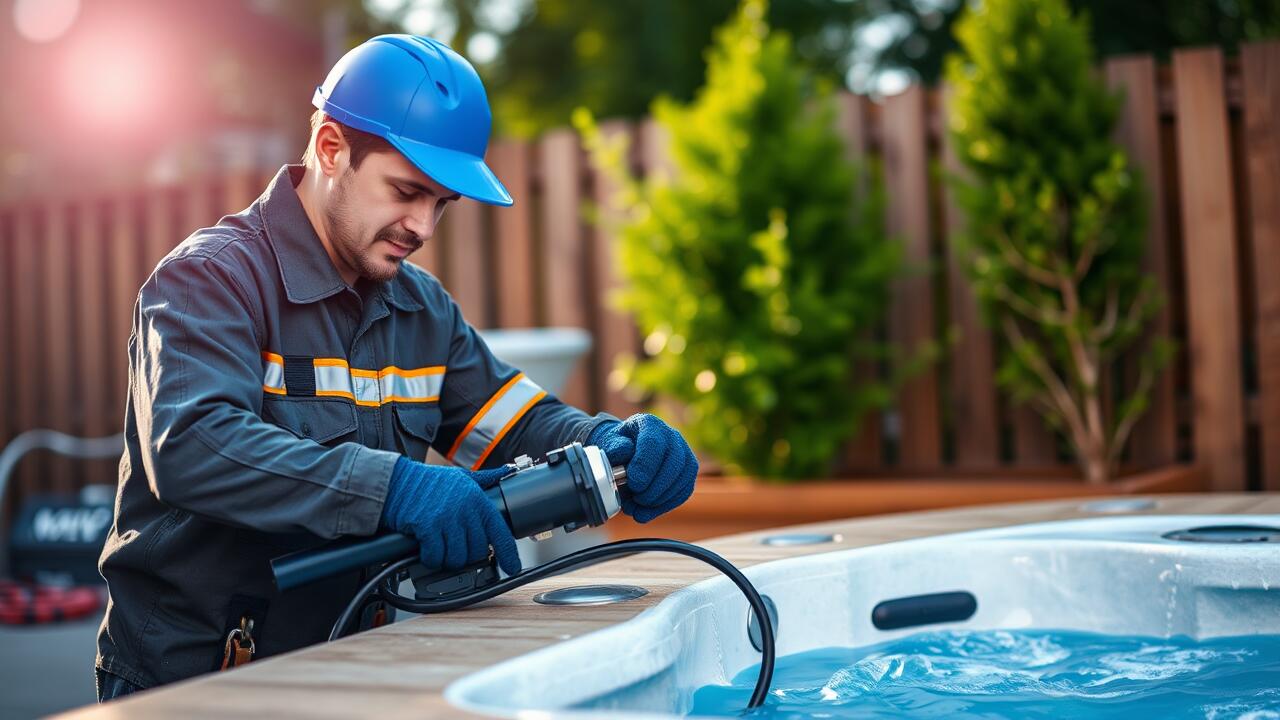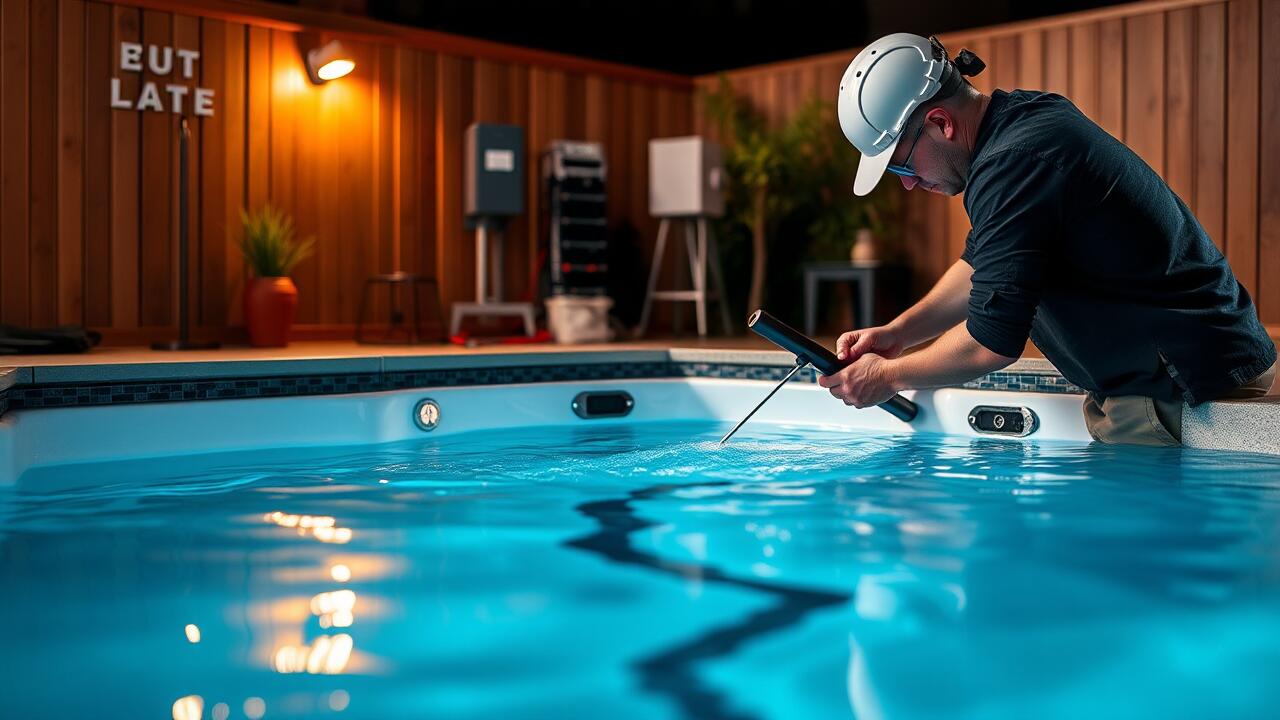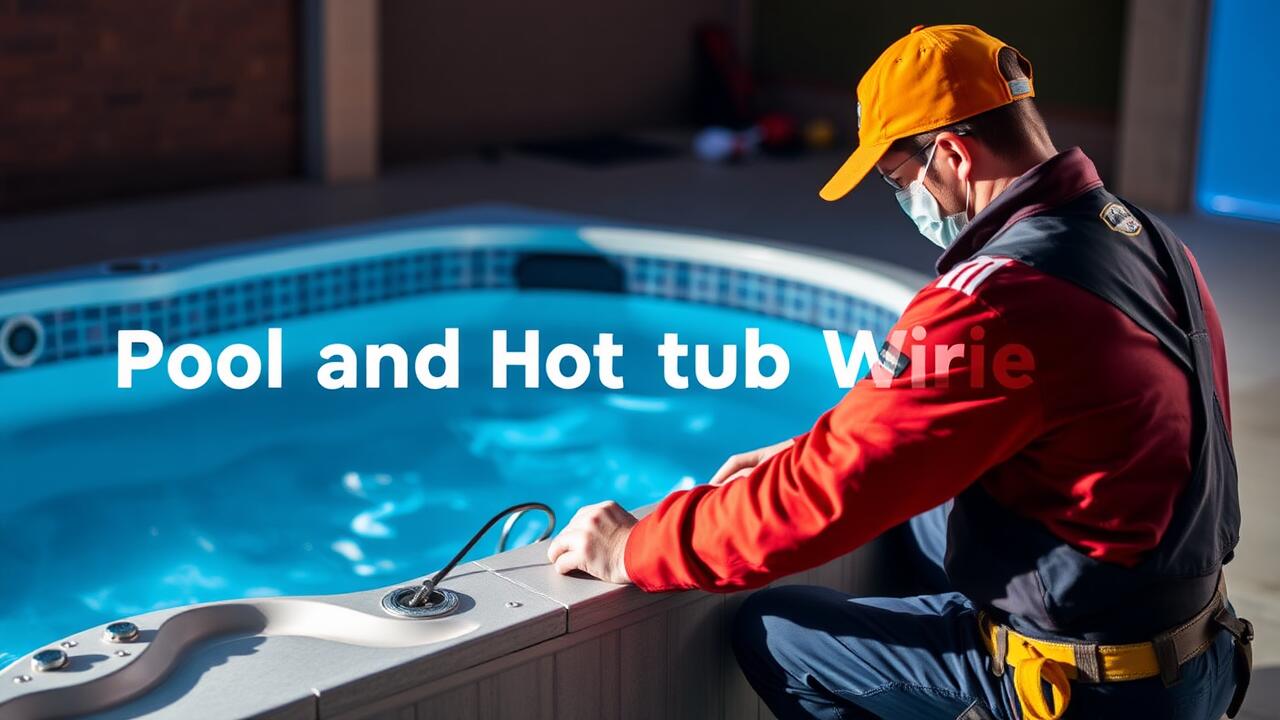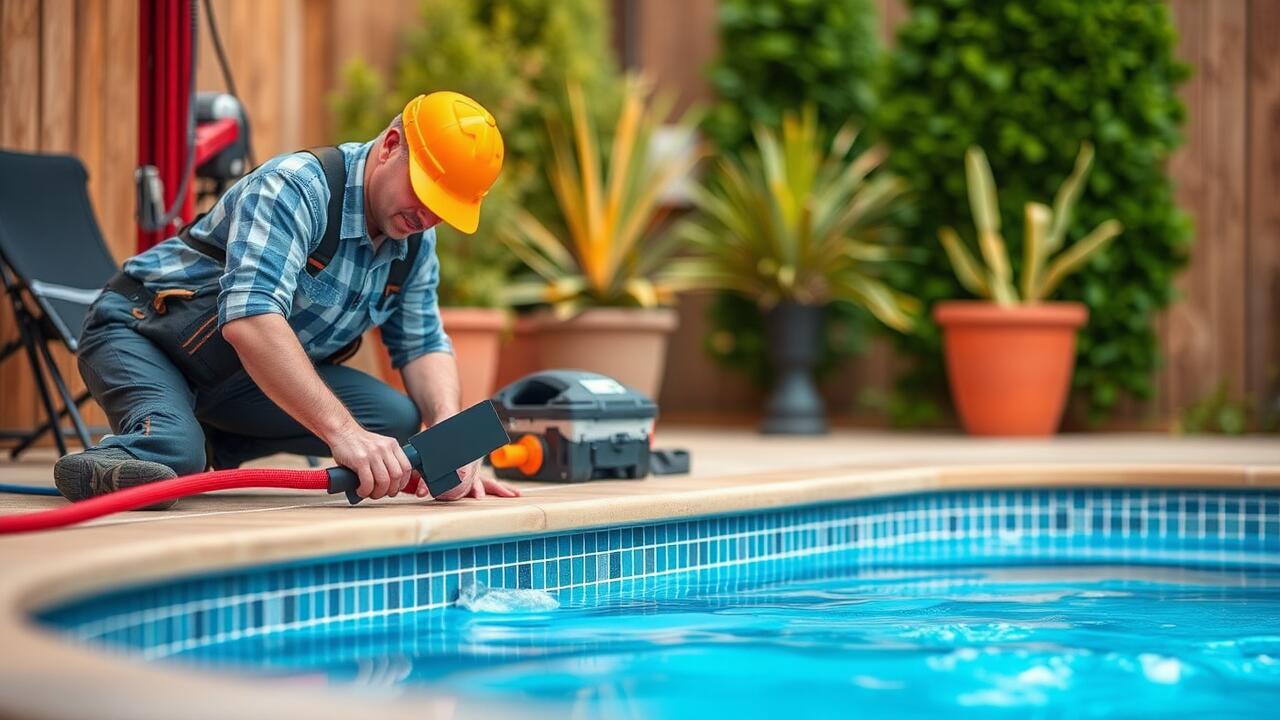
Circuit Breaker Specifications
When installing outdoor electrical outlets, it is crucial to select circuit breakers that are appropriately rated for the intended load. Breakers must be capable of protecting against both overload and short-circuit conditions, ensuring safety for outdoor applications. For instance, homes with specific features such as Pool and Hot Tub Wiring in Montrose, Houston, require careful consideration of the electrical load to prevent tripping or damage. Using breakers rated for the total amperage demand of connected devices helps maintain reliable operation.
In addition, it is essential to adhere to the National Electrical Code (NEC) standards regarding circuit breakers. Breakers should have GFCI (Ground Fault Circuit Interrupter) capabilities, particularly for outdoor installations, to provide extra protection against electrical shocks. Ensuring that these devices comply with NEC requirements is vital for safety when connecting to outdoor outlets. Moreover, any unique circumstances in areas like Pool and Hot Tub Wiring in Montrose, Houston, must be taken into account to ensure that all components work safely and efficiently together.
Understanding Circuit Load and Breaker Ratings
Understanding circuit load and breaker ratings is essential for ensuring safety and functionality in any electrical installation, particularly when it comes to outdoor outlets. Each circuit has a specific load capacity, which is determined by the sum total of all devices connected to it. A circuit that exceeds its load rating can lead to tripped breakers or even electrical fires. The National Electrical Code (NEC) provides guidelines to help gauge the appropriate breaker rating for various applications, and it is crucial to adhere to these standards to avoid potential hazards.
When planning installations, such as Pool and Hot Tub Wiring in Midtown, Houston, one must consider both the power requirements of the equipment and the installation environment. For instance, outdoor outlets may be subjected to additional factors like moisture or temperature fluctuations. Assessing the power needs of items like pumps and heaters will help determine if the current circuit can handle the load. Additionally, using properly rated breakers protects the circuit from overloads, ensuring longevity and safe operation of the devices connected.
Installation Guidelines for Outdoor Outlets
When installing outdoor electrical outlets, adhering to electrical codes and safety standards is essential. Ensure that outdoor outlets are rated for wet locations to withstand exposure to moisture and weather conditions. Use weatherproof covers to protect the outlet when not in use. Additionally, determine the appropriate placement of the outlets to avoid potential hazards. It is advisable to position outlets at least 12 inches above ground level to reduce the risk of water accumulation.
Consider consulting local electrical codes when planning the installation. Each region may have specific requirements that must be followed. For homeowners in areas like Third Ward, Houston, where pool and hot tub installations are common, understanding the requirements for "Pool and Hot Tub Wiring in Third Ward, Houston" is vital. This knowledge ensures compliance and enhances safety for electrical installations near water sources. Always review local regulations and seek professional assistance if unsure about requirements or best practices.
Step-by-Step Process for Safe Installation
When installing outdoor electrical outlets, begin by selecting a location that minimizes exposure to harsh weather while ensuring accessibility. Choose a weatherproof outlet box designed for outdoor use, and ensure that it is mounted at least 12 inches above ground level to prevent water damage. Make sure the installation complies with local electrical codes. Before you start, turn off power to the circuit at the breaker panel and confirm that it is off using a voltage tester.
Next, run the appropriate wiring from the breaker panel to the outlet location, using a type of cable rated for outdoor use, such as UF or NM cable. Secure the cable properly and make connections at the outlet box, ensuring that the ground wire is attached to the grounding screw. After the outlet is installed, cover it with a weatherproof cover that allows access to the receptacle while maintaining protection from moisture. For those considering additional outdoor features, including Pool and Hot Tub Wiring in River Oaks, Houston, it is essential to follow specific guidelines to ensure safety and compliance with regulations.
Permitting and Inspection Processes
When planning the installation of outdoor electrical outlets, it's essential to understand the permitting process in your locality. Most municipalities require permits to ensure that installations meet safety and code standards. Applications can often be submitted online or at local building offices. Homeowners should gather information about their specific project to determine the necessary permits. This preparation will streamline the approval process, reducing delays.
Inspections are another critical part of ensuring compliance with electrical codes. After obtaining the necessary permits, the installation must be inspected by a qualified professional to verify that it adheres to regulations. For those in specific areas, such as Pool and Hot Tub Wiring in Third Ward, Houston, additional scrutiny may be required due to the nature of the work. Completing these steps prevents future issues by ensuring that the installation is safe and compliant with local standards.
Navigating Local Regulations for Compliance
Understanding local regulations is crucial when installing outdoor electrical outlets. Each area can have specific codes that dictate how these installations should be handled, particularly for safety and functionality. For instance, homeowners in Memorial, Houston, must ensure that any electrical work, including Pool and Hot Tub Wiring in Memorial, Houston, meets local zoning laws and electrical codes. Consulting with local authorities or a licensed electrician can provide insights into any required permits or inspections.
Compliance with regulations not only ensures safety but also protects homeowners from potential liability issues. Local codes may specify the types of materials, wiring methods, and distances from water sources that must be adhered to for outdoor outlets. Ignoring these guidelines could result in fines or the need for costly rework. Thoroughly reviewing local building codes and regulations helps establish a solid foundation for a safe and compliant electrical installation.
FAQS
What are the circuit breaker specifications for outdoor electrical outlets?
Outdoor electrical outlets typically require a Ground Fault Circuit Interrupter (GFCI) breaker, which is designed to protect against electrical shocks. The breaker should have an appropriate amperage rating based on the load requirements of the connected devices.
How do I determine the circuit load and breaker ratings for my outdoor outlet?
To determine the circuit load, calculate the total wattage of the devices you plan to connect to the outlet. Divide the total wattage by the voltage (usually 120 volts) to find the amperage. Select a breaker that can handle this amperage, keeping in mind that a 15-amp or 20-amp breaker is most common for standard outdoor outlets.
What are the installation guidelines for outdoor electrical outlets?
Installation guidelines for outdoor outlets include ensuring the outlet is weather-resistant, using GFCI protection, securing the outlet at least 12 inches above ground level, and employing proper conduit and wiring methods to protect against moisture and damage.
What is the step-by-step process for safe installation of outdoor electrical outlets?
The safe installation process involves: 1) Turning off power at the circuit breaker, 2) Planning the outlet placement and ensuring compliance with local codes, 3) Installing a weatherproof box, 4) Running appropriate wiring, 5) Installing the GFCI outlet, and 6) Testing the outlet before restoring power.
What should I know about permitting and inspection processes for outdoor electrical outlets?
It's important to check with your local building department regarding permitting and inspection requirements for outdoor electrical outlets. Generally, a permit may be required for installation, and an inspection will ensure that the work complies with local codes and safety standards.
